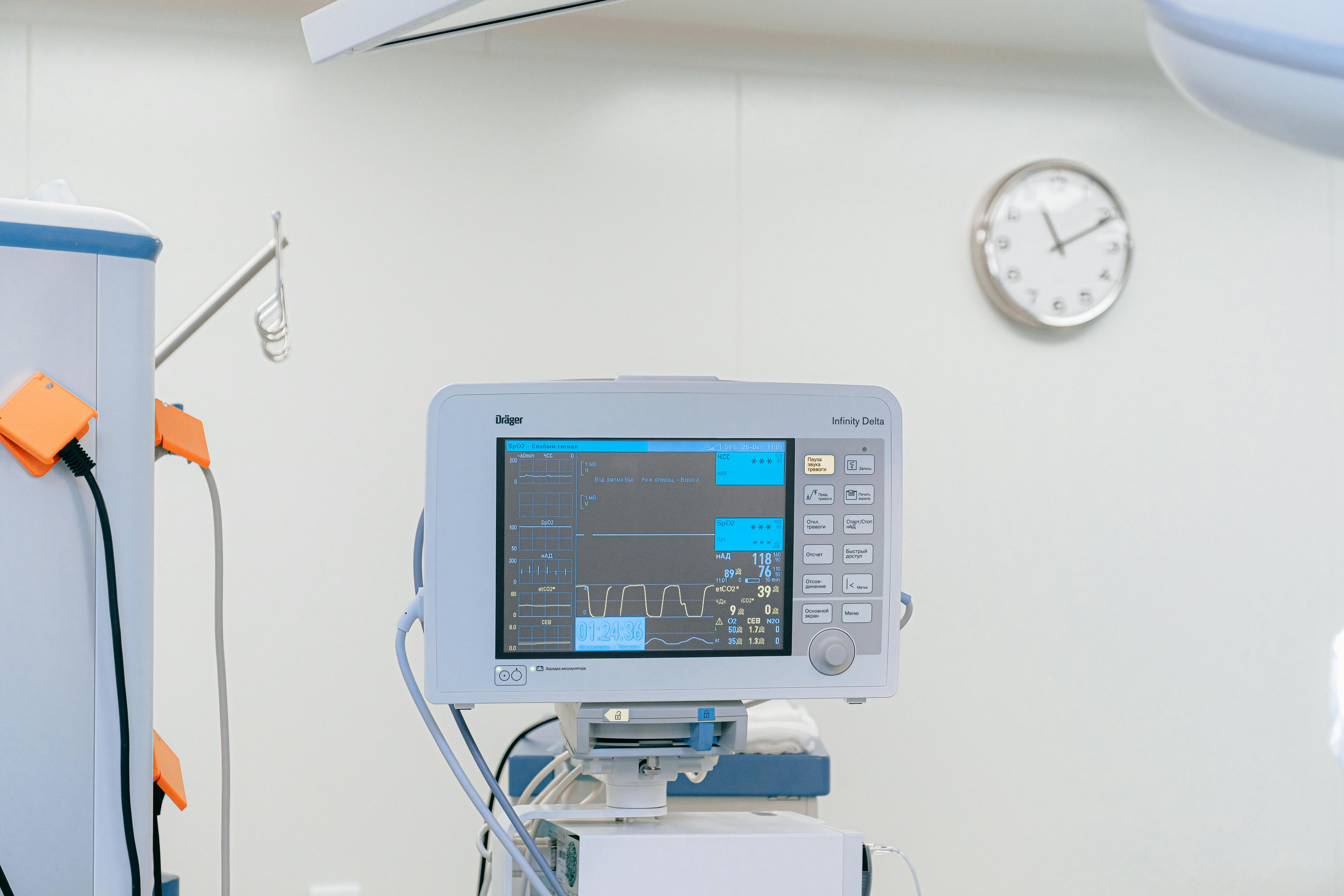Spartan Steel Industries Pty Ltd was sentenced in the Melbourne Magistrates’ Court last Wednesday after earlier pleading guilty to a single charge of failing to provide and maintain a safe workplace.
The company was fined without conviction and ordered to pay $12,213 in costs.
In July 2020, the worker was operating a remotely controlled overhead travelling crane to lift and load steel beams onto a truck when the load shifted, hitting the worker and trapping her underneath.
The worker was taken to hospital and required surgery.
A WorkSafe investigation found the worker did not hold the high-risk work licence required for dogging work and was therefore not trained in the slinging techniques she was applying during the lift. The company had also failed to keep records of workers who held high risk work licences.
It was reasonably practicable for Spartan Steel Industries to have provided and maintained a safe system of work that ensured lifts were only conducted by trained and qualified workers; that required employees to create a plan for lifting and moving loads, including identifying the appropriate technique, prior to each lift being undertaken; and have an up-to-date list of licenced workers available at the workplace.
The court found it was also reasonably practicable for the company to provide training for its workers to obtain a high-risk work licence.
WorkSafe Executive Director of Health and Safety Narelle Beer said neglecting to adequately train workers for the job they were expected to do was setting them up to fail.
“It shouldn’t take a life-changing injury like the one suffered by this worker for employers to sit up and take notice of their responsibilities,” Dr Beer said.
“It’s critical that employers have systems in place to ensure work is planned out before it starts and that it’s conducted only by workers properly trained and qualified to do so.”
When using cranes, measures to manage the risks include:
- Selecting the proper crane and lifting equipment for the task, size and weight of the load.
- Ensuring cranes are maintained in accordance with the manufacturer’s specifications and requirements, and operated within their design parameters.
- Checking that crane operators and persons connecting loads have the skills, training and licences to operate safely.
- Creating and adhering to safe systems of work and ensuring all workers are properly trained and competent before commencing the task.
- Considering environmental factors such as weather, ground bearing capacity, overhead and underground services such as power lines and pipes/drains, and ensuring non-essential persons are excluded from the area of operation.
- For construction work, ensuring a Safe Work Method Statement (SWMS) is created and adhered to.








